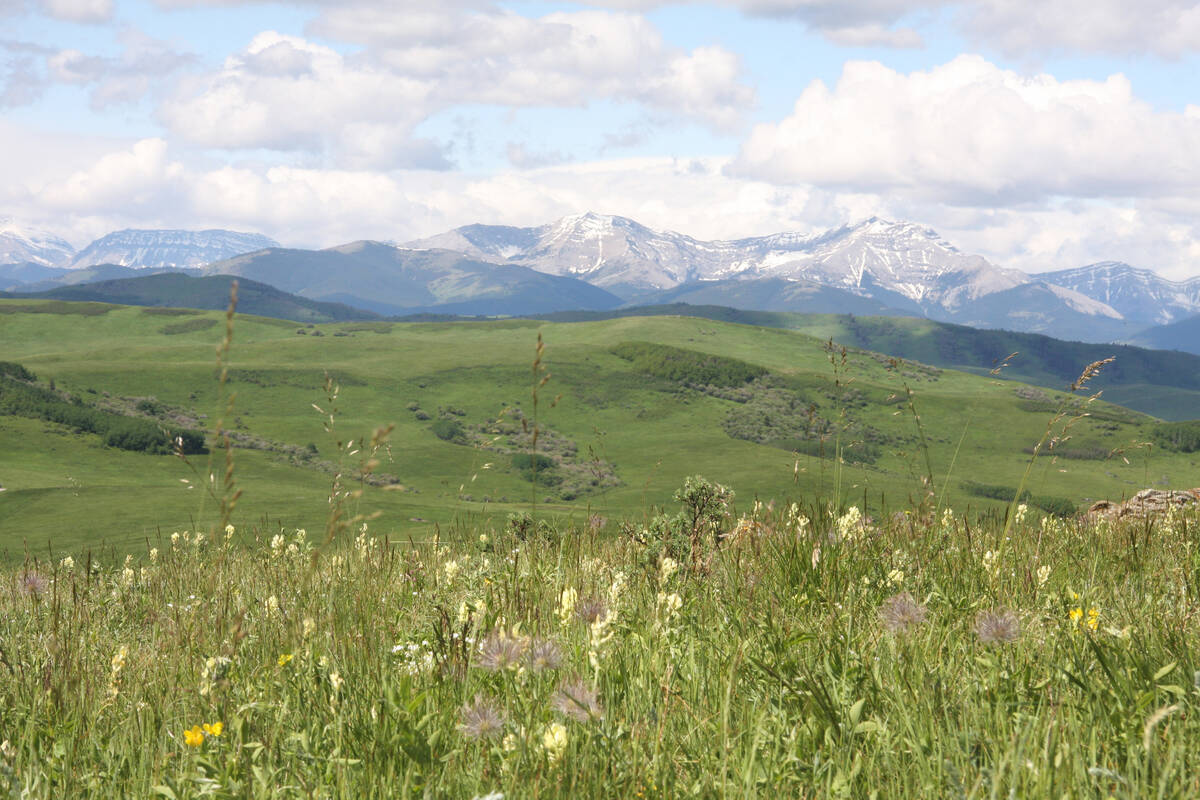RED DEER – No potato cyst nematodes have been found in the thousands of soil samples collected from Alberta potato growers’ fields, but export restrictions persist.
Dozens of Alberta potato farmers were forced to destroy their crops last fall after five cysts were discovered in two Edmonton area fields, prompting American and Mexican officials to close their borders.
Producers received $23.5 million in federal and provincial support through the AgriRecovery program to cover clean-up expenses and the value of the destroyed potatoes.
Since November 2007, thousands of pails of soil from Alberta fields have been sampled and no nematodes were found. However, Terry Petro of the Canadian Food Inspection Agency said the land where the original cysts were uncovered remains under restrictions.
Read Also

Selenium not deal breaker in coal mining: expert
Environmental scientist weighs in on coal mining debates in Western Canada, explaining selenium and the technologies and practices to lower its concentrations in nearby waterways to coal mining operations
“The suspect levels were very low and were isolated to a particular area of the field,” he told the annual Potato Growers of Alberta meeting in Red Deer Nov. 17.
It’s not known how the nematodes got into the potato fields.
This year’s entire Alberta seed potato crop tested negative so producers are now waiting for a report from a panel of international scientists that examined the level of sampling, how land was regulated and other efforts. Their recommendations are expected in January.
Twenty-four farms are restricted from shipping seed and negotiations continue between the U.S. Department of Agriculture and CFIA.
Soil samples will continue next year.
Nematodes pose no risk to human health. Agriculture Canada nemotologist Guy Belair said they are considered a quarantine pest because of the damage they can do by reducing yield or killing plants.
“The potato industry in Quebec is shivering when they say the word PCN,” he said.
“In some of the fields we were counting thousands of cysts. It is out there and we have to construct this potato industry on a new basis.”
The challenge is finding money to continue long-term research. A three year grant runs out in March, but Belair estimates 15 to 20 years of research are needed.
Long-term plots and more equipment and staff are required to study the pest’s path.
“For PCN we need long-term commitments. We need to address this as a national issue. It is not a local issue.”
The parasite’s life cycle differs from other nematodes. Potato cysts are spherical and may contain 200 to 800 viable eggs that become larvae, which move into the soil.
The larvae eventually move into the plant root.
Symptoms of infection do not appear until patchy growth is noted and plant leaves wither or turn yellow. Symptoms are often mistaken for nutrient deficiency or too much water.
Two types of parasites affect potatoes: the golden cyst nematode, or rostochiensis globodera, and the pale cyst nematode, or pallida globodera.
Rostochiensis has been found in British Columbia, Alberta and Quebec. Newfoundland found the pallida variety in garden plots.
Resistant varieties of potatoes have been developed to prevent infection from the rostochiensis type but pallida is a tougher parasite and no varieties have been released against it.
Sanitation is recommended as the main way to prevent its spread, including certified seed, resistant cultivars, long-term crop rotations and cleaning machinery.















